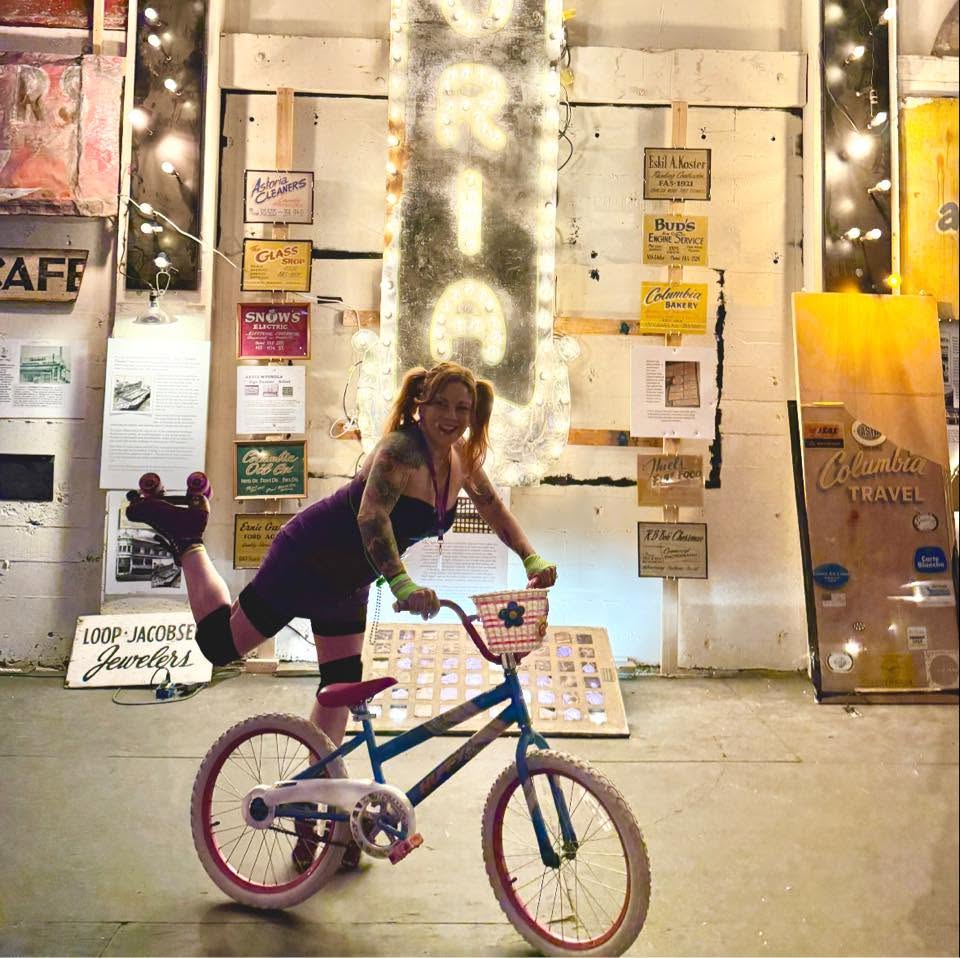Oregon coast homesteaders install do-it-yourself solar hot water
Published 5:00 pm Tuesday, July 29, 2008
Five minutes ago will mark the approximately one hundredth time in the last two weeks I’ve reported the progress of our newly installed solar hot water heating system. Every day, sometimes every ten minutes of every day, I run upstairs to see the thermometer on the storage tank slowly rising.
Trending
“Ginger!” I yell out the window.
“What?” she replies from the gardens below.
“The water is one hundred twenty degrees!” I exclaim with amazement, as though this were the very first time I’d seen it. This scene will replay itself a half dozen more times today with the only differences being the height of the sun and number on the gauge.
Trending
In many ways our solar hot water system couldn’t be worse. The installation rests on a rack of recycled pressure treated lumber, screwed, rather crudely, into the less than ideal angle of my 3/12 pitch, south facing, porch roof. Two flat plate collectors rest in the rack: narrow insulated boxes filled with copper piping and covered with special glass.
Built in the 1970s, these old collectors have seen better days; the insulation is outdated, the air seals are disintegrating, the fasteners are corroded, and the special glass on one of them is facing the wrong way. Fortunately, the copper piping is healthy and intact. From the collectors I’ve routed copper piping to a used water heater sitting behind an adjacent wall and hot water flows naturally in and out of the tank via the phenomenon of hot liquid rising. My piping is uninsulated, meaning that a considerable portion of the heat harvested from the sun is lost on its way to the storage tank. I also have only two-thirds of the collector area recommended for this climate.
I slapped this quick and dirty system together for a few hundred dollars in two afternoons. Despite my best efforts to make it as inefficient as possible, by 3 p.m. this afternoon I will be yelling out the window, “…one hundred seventy degrees!” a temperature on par with modern systems of similar design. I will be eliminating the losses in my system as fall approaches, but for now this minimalist do-it-yourself installation often produces too much hot water. I needed to install a tempering valve to safeguard against scalding temperatures at the tap.
After our first luxuriously hot, solar heated showers, “Gin” and I looked at each other and posed the obvious question: Why doesn’t everyone have one of these?
One answer is that everyone used to. Across America in the early 20th century, simple solar water heaters were common, although their use dwindled with the introduction of cheap electricity and gas. Again, in the 1970s, as energy prices spiked, solar technology came into vogue and things were headed in a good direction until President Reagan deregulated the energy industry, killed tax incentives for renewables, and ripped the solar water heating panels off the roof of the White House. The message was that energy scarcity was a thing of the past and that the 80s were going to be just like the 50s, prosperous and unlimited. Twenty years later we are back at this same junction except this time, with three billion more people on the planet and carbon dioxide levels in the atmosphere dangerously elevated. Now that President Bush’s massive tax breaks and deregulation attempts have failed to stimulate economic growth, nobody believes that the 2000s are going to be just like the 1950s. Once again America is poised to take solar seriously. We face a future where solar is not only the smartest option for harvesting heat, but also the cheapest.
Cheap compared to what though? It’s easy for those with a retirement savings to talk about payout times and efficiency curves. Unfortunately, an increasing number of us can barely pay the bills each month.
This is where do-it-yourself solar hot water has a lot to offer. For very little money you can build a simple, reasonably efficient solar hot water heater. Unlike a solar electric panel, which is a bit beyond the capabilities of the average home builder, a solar water heater is a simple construction that lends itself to recycled materials; once you understand a few basic principles you will start seeing possibilities in every piece of scrap you look at. Of course, tinkering with junk water heaters and scraps of pipe is not everyone’s idea of a good time, and for those who can still call themselves middle class, a commercial system will provide excellent reliability and efficiency. Substantial tax incentives and rebates can bring the cost of a professionally installed system down to four thousand dollars or less.
But does solar really make sense when you live in a rain forest? It’s true that a solar water heater won’t work all the time on the north coast, but any time there is sun or light cloud cover it works surprisingly well. If you could run your water heater for free half the year, wouldn’t you?
Solar hot water isn’t an all or nothing proposition and most systems are installed as preheaters in-line with existing electric or gas hot water. In the summer the solar does most of the work, in the spring and fall part of it, and in the winter, just some of the work.
On the Oregon coast a solar water heater will typically pick up 50-60 percent of the overall water heating load. A typical solar water heater will pay for itself in less than ten years, providing free hot water for the rest of its 40 year lifespan, yielding a net saving of $50,000 to $100,000 dollars. That’s a lot of money.
There is also the issue of reliability whenever solar is discussed. Again, the concern arises from the misconception that renewable energy needs to operate independently from the “reliable” local utility. Whereas comfortable off-the-grid systems are possible, most people choose to supplement with utility power, and the fear of lukewarm showers is largely unfounded. Reliability is also relative concept, and with utility power more vulnerable than ever due to extreme weather and extreme demand, solar hot water and electric systems are looking much better.
There is, however, a big gap between knowing something is a good idea, and actually making it happen. With our busy lives it’s just too easy to keep paying the bills, and keeping on with the same old thing, even if the same old thing is twice as expensive as it used to be.
To help people in our community get started on solar water heating, on August 23 and 24, Ginger Salkowski and myself, in collaboration with local solar architect Anthony Stoppiello, and guest speaker John Patterson, president of Mr. Sun Solar, are offering a two-day solar hot water workshop. The class will be held at Revolution Gardens, on Hwy. 53 just north of the Tillamook/Clatsop county line.
Students will have an opportunity to tour Brian and Ginger’s off-grid homestead featuring wood-fired and solar hot water, solar and micro-hydro electric, passive solar design, and permaculture food gardens.
Stoppiello will present the basics of solar hot water and discuss options, performance, site assessment, and system costs for the Oregon coast climate.
Brian Schulz will give a tour of the Revolution Gardens solar water heating system and, working with Anthony, will guide participants in building a simple, inexpensive solar batch water heater that we will install on site by the end of the first day.
On Sunday, John Patterson from Mr. Sun Solar will give a presentation explaining the detailed construction and advantages of a professionally installed system, and an overview of the substantial tax incentives and rebates available for professionally installed systems.
The class will tour Stoppiello’s Solahart system installed by Mr. Sun Solar at the Stoppiello home, a mile away from Revolution Gardens.
By the end of the workshop students will be able to assess the solar potential of a site, make informed choices about what type of system would work best for them, and have the specific resources to either install, or have a system installed for them.
The workshop runs 9 a.m. to 5 p.m. Saturday and Sunday. Lunch both days and Saturday dinner is included, prepared with fresh organic produce from the garden. Students may camp for free on-site. Cost is $150 with scholarships available.
For registration and information contact Ginger at (503) 368-3044 or e-mail fairtradediva@yahoo.com
You can also visit us on the Web at http://www.capefalconkayak.com/revolutiongardens.html.









